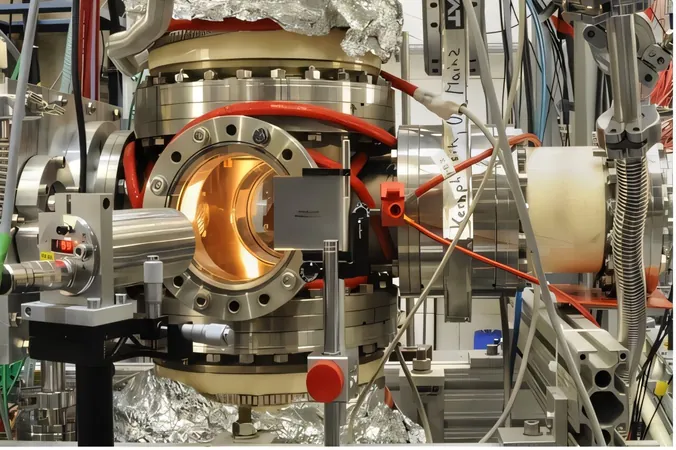
Groundbreaking Laser Spectroscopy Study Unveils Secrets of Fermium and Nobelium Isotopes
2024-11-11
Author: Sophie
Introduction
In an exciting international collaboration, researchers from the University of Liverpool are at the forefront of a study that delves into the nuclear structure of fermium (element 100) and nobelium (element 102) isotopes. This groundbreaking work aims to illuminate the mysteries surrounding the extreme limits of the periodic table and enhances our understanding of atomic nuclei.
Publication and Research Methods
Published in the prestigious journal *Nature*, the research team offers crucial insights into the intricate structures of fermium and nobelium, which are synthetic elements not found naturally on Earth. To study these elusive elements, scientists employ a mix of accelerator-driven nuclear reactions and reactor-breeding techniques, allowing them to recreate and analyze these heavy isotopes in unprecedented detail.
Findings from Laser Spectroscopy
Utilizing advanced laser spectroscopy techniques, the research team successfully measured the nuclear radius of various isotopes of nobelium and fermium. Unlike lighter elements, where clear discrepancies are noted through shell closures, the study reveals that the trend for heavier isotopes remains smooth. This finding suggests that as we approach the realm of superheavy elements, the influence of nuclear shell effects diminishes, leading to nuclei that exhibit properties akin to a deformed liquid drop.
Key Contributors
Key contributors to this groundbreaking study include Professor Bradley Cheal and Dr. Charlie Devlin from the University of Liverpool's Department of Physics, who played instrumental roles in conducting experiments on nobelium. Their efforts centered around sophisticated laser equipment designed to probe noble gases and accurately measure their atomic hyperfine structure. The team produced a vital isotope from the decay of lawrencium atoms, skillfully capturing and analyzing nuclear reaction products for detailed study.
Quote from Professor Cheal
Professor Cheal, who co-led the nobelium experiments, states, "A perennial question in nuclear physics revolves around the mysteries at the extreme ends of neutron and proton numbers, as well as where the periodic table might conclude. This study sheds new light on these longstanding questions."
Implications of the Research
This pioneering research builds upon earlier breakthroughs made by Professor Cheal, who first employed laser spectroscopy on nobelium in 2016. The evolving understanding of heavy elements could pave the way for new discoveries in nuclear physics, potentially revealing entirely new elements and further challenging our existing scientific paradigms.
Conclusion
As scientists continue their quest to comprehend the complexities of atomic structure at extreme levels, this study represents a critical step forward, hinting at the tantalizing possibility of discovering the limits of the periodic table and the nature of atomic forces acting at the heaviest extremes.

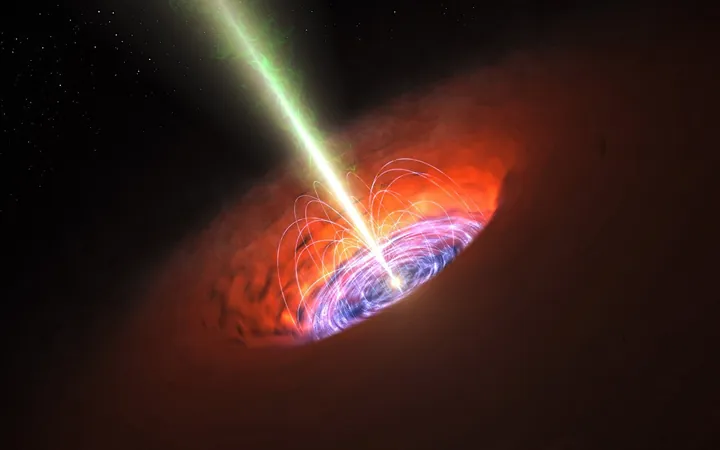

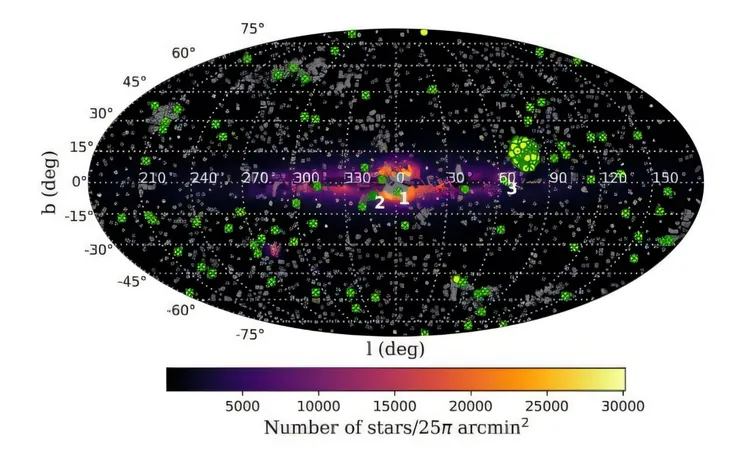


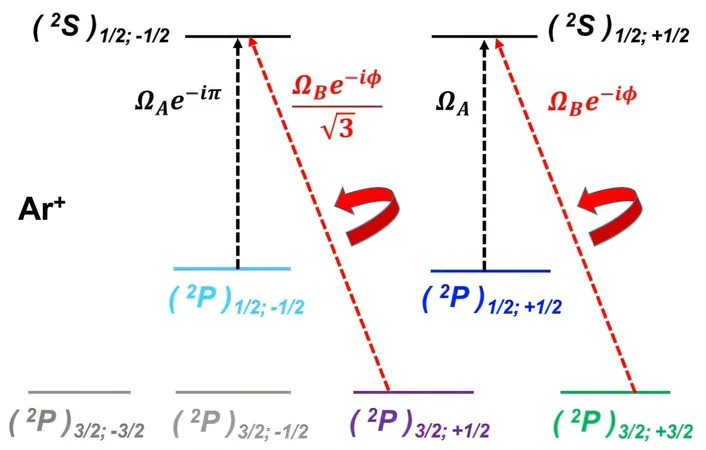

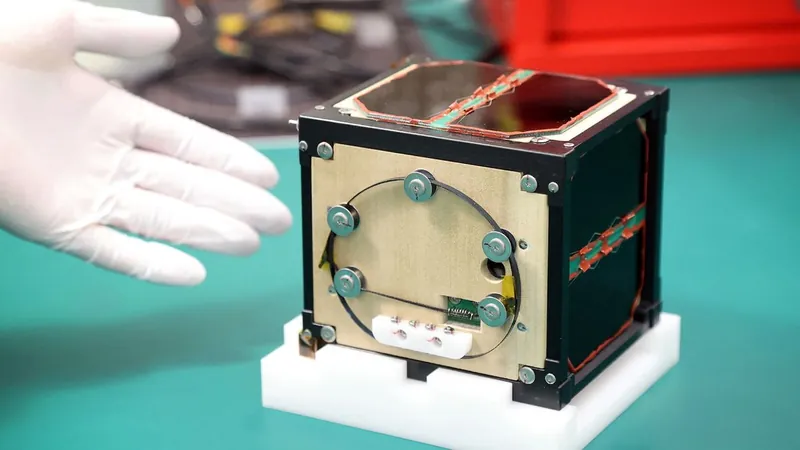
 Brasil (PT)
Brasil (PT)
 Canada (EN)
Canada (EN)
 Chile (ES)
Chile (ES)
 España (ES)
España (ES)
 France (FR)
France (FR)
 Hong Kong (EN)
Hong Kong (EN)
 Italia (IT)
Italia (IT)
 日本 (JA)
日本 (JA)
 Magyarország (HU)
Magyarország (HU)
 Norge (NO)
Norge (NO)
 Polska (PL)
Polska (PL)
 Schweiz (DE)
Schweiz (DE)
 Singapore (EN)
Singapore (EN)
 Sverige (SV)
Sverige (SV)
 Suomi (FI)
Suomi (FI)
 Türkiye (TR)
Türkiye (TR)